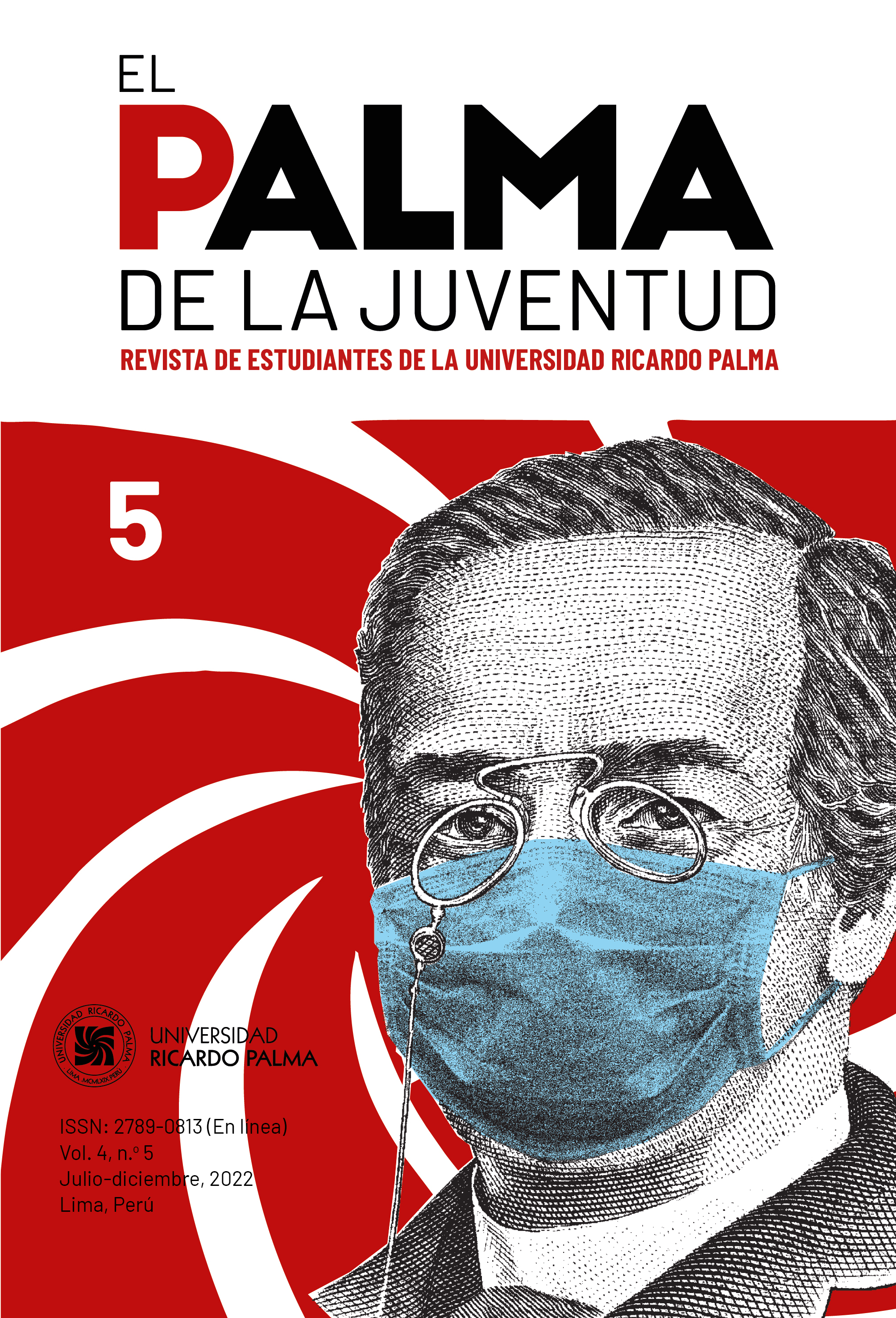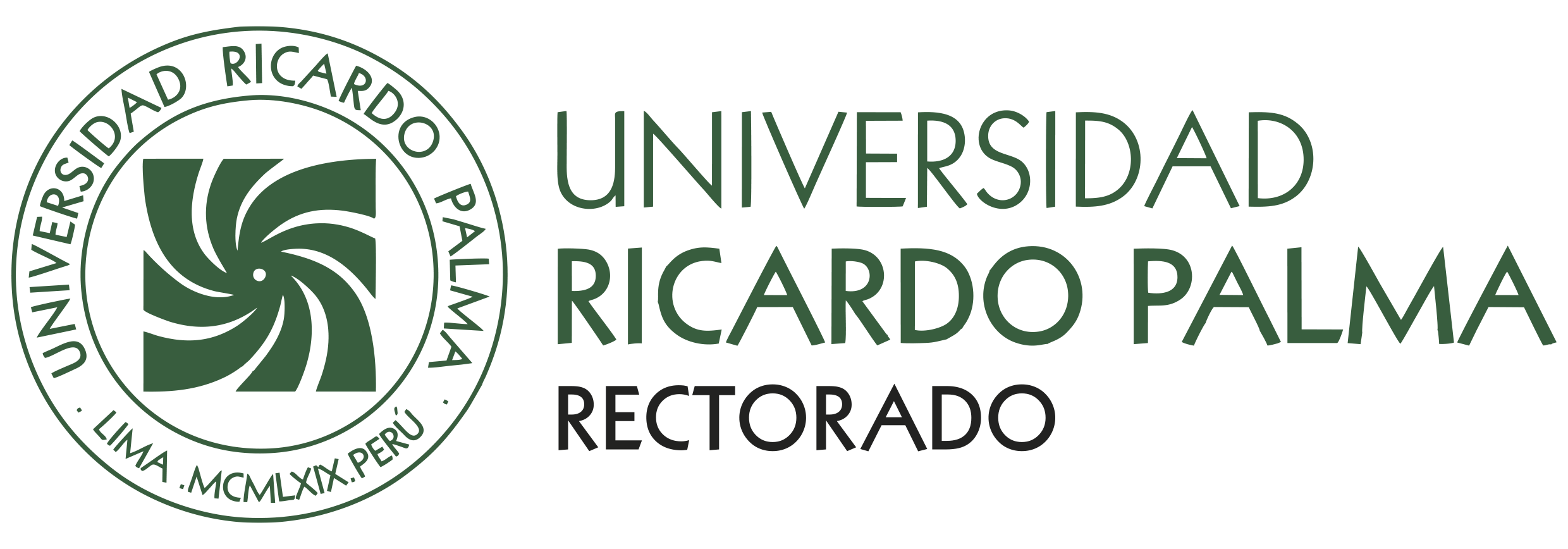«Mujer y tigre»: Study of the human organism after death
DOI:
https://doi.org/10.31381/epdlj.v4i5.4873Keywords:
Tradiciones peruanas (Peruvian Traditions), homicide, organism, biologyAbstract
In this article we will analyze the story «Mujer y tigre», by Ricardo Palma, in which different forms of murder are taken into account: dismemberment, beheading, and hanging. From these types of death, we will describe the biological process that occurs in the human organism after losing life in the hands of one man.
References
BBC Mundo (2015, 2 de abril). ¿Qué le pasa exactamente a nuestro cuerpo cuando nos morimos? https://www.bbc.com/mundo/noticias/2014/10/141030_muerte_cuerpo_quimica_lp
Fource, J. M. (2001, 3 de diciembre). La antropología y psicología aristotélica. Webdianoia. https://www.webdianoia.com/aristoteles/aristoteles_antro.htm
Mego, G. (2016). Descomposición cadavérica y determinación del intervalo post mortem. Skopein. La Justicia en Manos de la Ciencia, 4(12), 55-63. https://skopein.org/ojs/index.php/1/article/view/85
Palma, R. (1893). Mujer y tigre. En Tradiciones peruanas. Primera serie. Biblioteca Virtual Miguel de Cervantes. https://www.cervantesvirtual.com/obra-visor/tradiciones-peruanas-primera-serie--0/html/ff170c4a-82b1-11df-acc7-002185ce6064_2.html#I_9_
Quispe, K. N. (s. f.). Recojo de indicios biológicos en la escena [Diapositivas]. Ministerio Público de la Fiscalía de la Nación. https://www.mpfn.gob.pe/escuela/contenido/actividades/docs/2399_recojo_de _indicios_biologicos_en_la_escena_karin_nemi_quispe_ramirez_281112.pdf
Silva, J. y Torres, J. C. (2019). Creencias científicas y religiosas acerca de la muerte y la vida después de la muerte: validación de una escala. Integración Académica en Psicología, 7(20), 76-87. https://integracion-academica.org/attachments/article/240/08%20Creencias%20cientificas%20y%20 religiosas%20JSBautista%20JCTorres.pdf
Downloads
Published
How to Cite
Issue
Section
License
Copyright (c) 2022 Marcela Lorena Fierro Villalba

This work is licensed under a Creative Commons Attribution 4.0 International License.
La revista utiliza una licencia Creative Commons para mostrar a los lectores y usuarios cómo se pueden utilizar los contenidos publicados.
Los contenidos publicados en esta revista están bajo una licencia CC-BY 4.0. Esta licencia permite:
- Compartir, copiar y redistribuir el material en cualquier medio o formato.
- Adaptar, remezclar, transformar y construir a partir del material para cualquier propósito, incluso comercialmente.
Bajo los siguientes términos:
- Atribución. Usted debe dar crédito de manera adecuada, brindar un enlace a la licencia, e indicar si se han realizado cambios. Puede hacerlo en cualquier forma razonable, pero no de forma tal que sugiera que usted o su uso tienen el apoyo de la licenciante.










